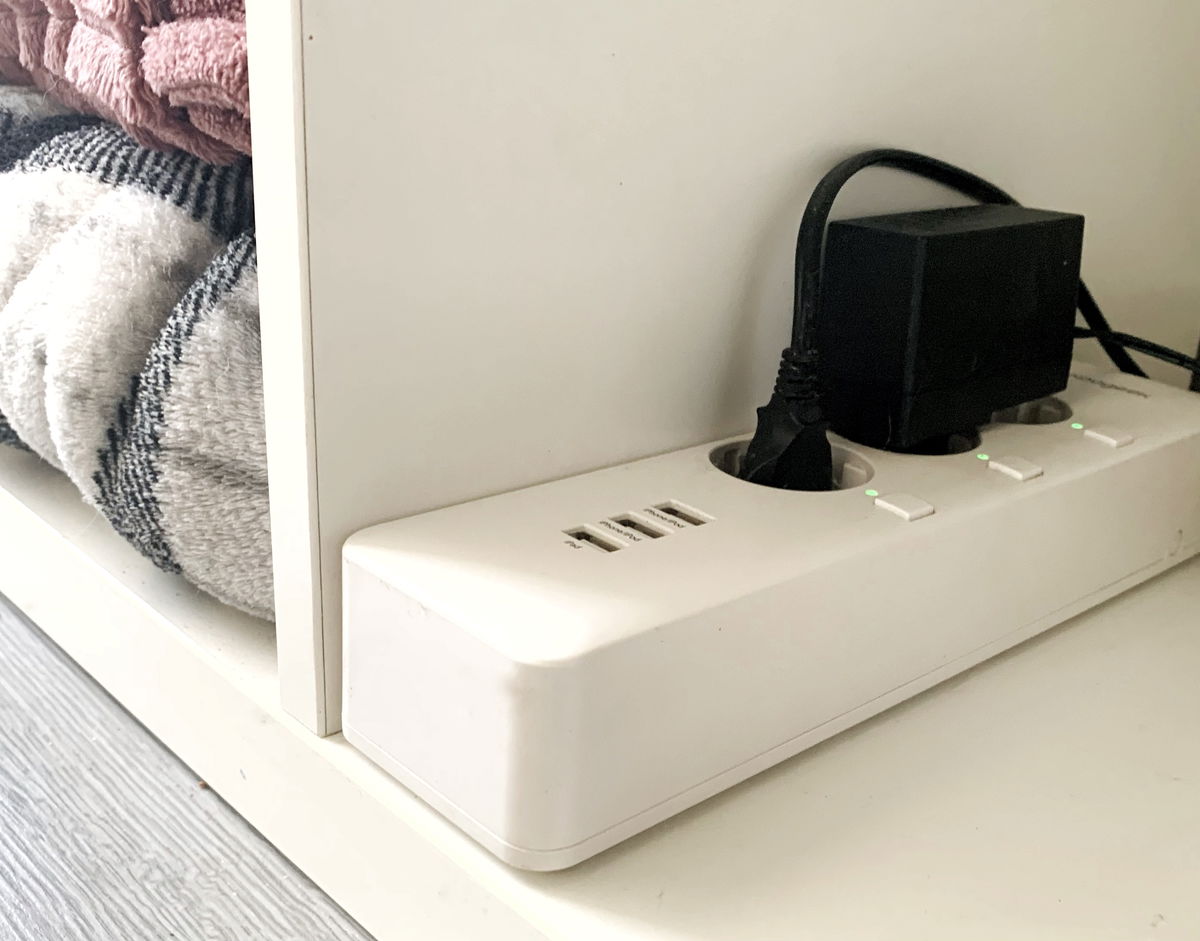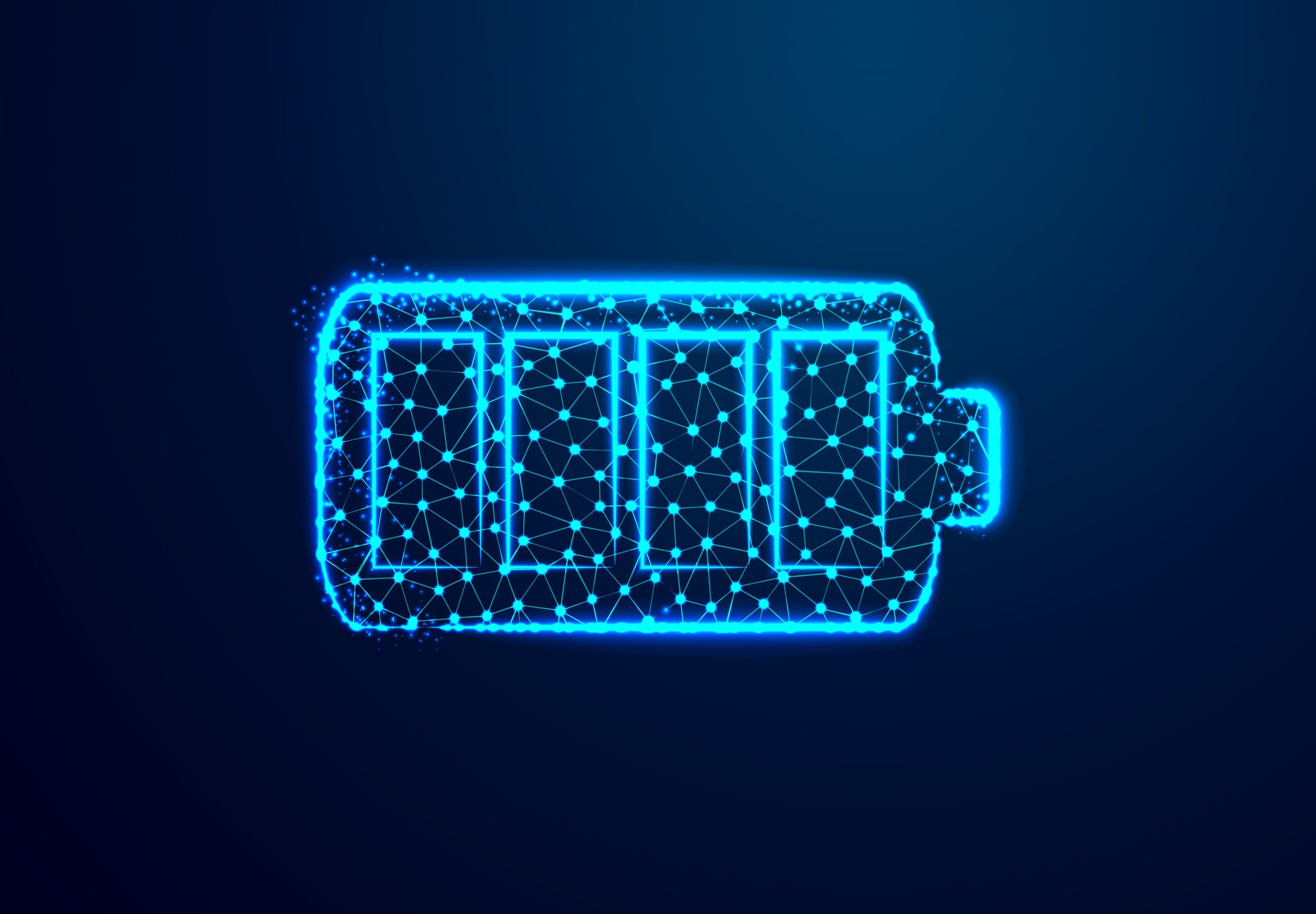Formula 1 is one of the most watched motorsports in the world, and if you were a kid in the 1990s, you’ll remember that it was almost as popular as football in Brazil.
Besides Sunday entertainment, Formula 1 brought many contributions to the streets and roads, with technologies created for sports that were then turned into improvements for ordinary cars.
From the track to the streets
Since the first steam-powered cars, the interest in the development of machines has brought with it many research opportunities and is the perfect cradle for auto competitions, functionality and optimization testing.
These sports invest a lot of money in science and technology, always looking for better results, crowning the teams and drivers that stand out throughout the season.
But all that investment turns into technology that, through rigorous testing, can be used on a daily basis in the simplest or super-luxury vehicles you see on the street.
See below for some of these innovations that first appeared in Formula 1.
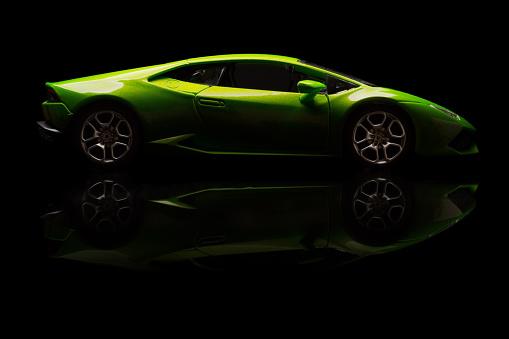
Paddle Shifters
Can you imagine being able to shift gears while shifting from the steering wheel instead of taking your hands off the steering wheel?
Nowadays, with automatic cars, perhaps people are no longer so attached to this possibility, but the famous “butterfly gear” was developed to optimize the ride of the car, increase the gearshift speed, in addition to saving space in the cockpit.
The first example of the technology was designed by John Barnard and implemented in Formula 1 by Scuderia Ferrari in 1989. Off the track, the Ferrari F355 began steering wheel shifts on the streets in 1997.
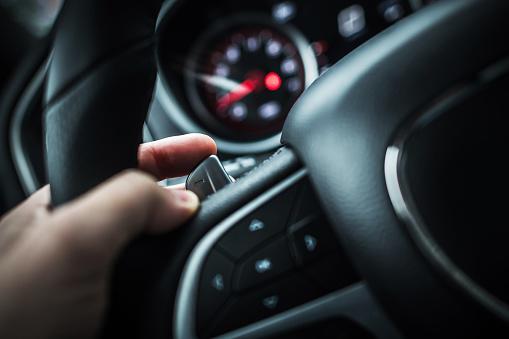
buttons on the steering wheel
You might even think that the buttons on the steering wheels of new models emerged thanks to the digital age. But this functionality has already been in Formula 1 cars since 1970.
Some specialized sites estimate there are between 20 and 25 buttons on all race car steering wheels, the most famous of which is the “overtaking button”.
This button gives extra energy to the engine, giving it more power and assisting in overtaking manoeuvres.
For now, in ordinary cars, in addition to a button that people in a hurry and stress often use, we can control the volume, select music, turn some systems on and off, such as turn signals and windshield wipers. : Horn.

chassis
The lightweight, strong chassis makes all the difference for better aerodynamics, fuel economy and better performance. yield.
That’s why racing cars are equipped with carbon fiber chassis. Durable and light, they support excellent results on slopes.
Currently, only luxury cars use the technology, as these components are expensive to manufacture and make mass production difficult.
The first chassis made of carbon fiber was used on the MacLaren MP4/1 in 1981.
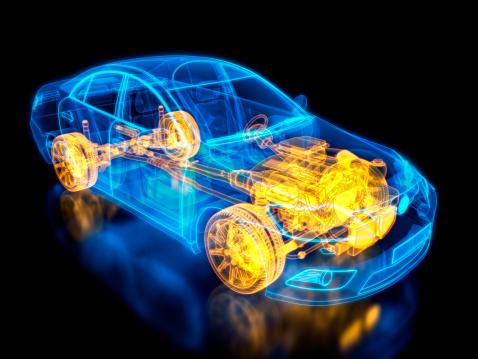
More powerful engines
It is very likely that the engine your car drives was released at a race in France in 1912.
The first double overhead camshaft (DOHC) engine was introduced by Renault and this type of engine is very efficient.
But as technology continues to evolve and innovate, teams are testing engines that use electromagnetic and electro-hydraulic concepts to optimize the relationship between valves and pistons.
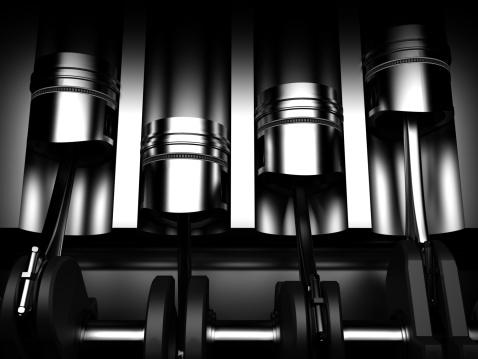
KERS
Another invention that started in Formula 1 was KERS, an energy recovery system that initially recovers and stores energy produced only by braking.
All cars since 2014 have a hybrid system with two energy recovery systems, the MGU-K and the MGU-H, the first of which recovers and stores kinetic energy and the second energy produced by heat.
beyond the fun
These are just a few of the technologies produced on the tracks that are part of our daily lives.
Other innovations such as better brakes, aerodynamic calculations, use of airfoils, internal and heat sensors, speedometers, among other technologies, then made their debut on racetracks to equip cars on streets and roads around the world.
We will see together what new features the 2023 season will bring. In Brazil, the broadcast of the race and training will be carried out by TV Band.
Source: Tec Mundo
I’m Blaine Morgan, an experienced journalist and writer with over 8 years of experience in the tech industry. My expertise lies in writing about technology news and trends, covering everything from cutting-edge gadgets to emerging software developments. I’ve written for several leading publications including Gadget Onus where I am an author.


